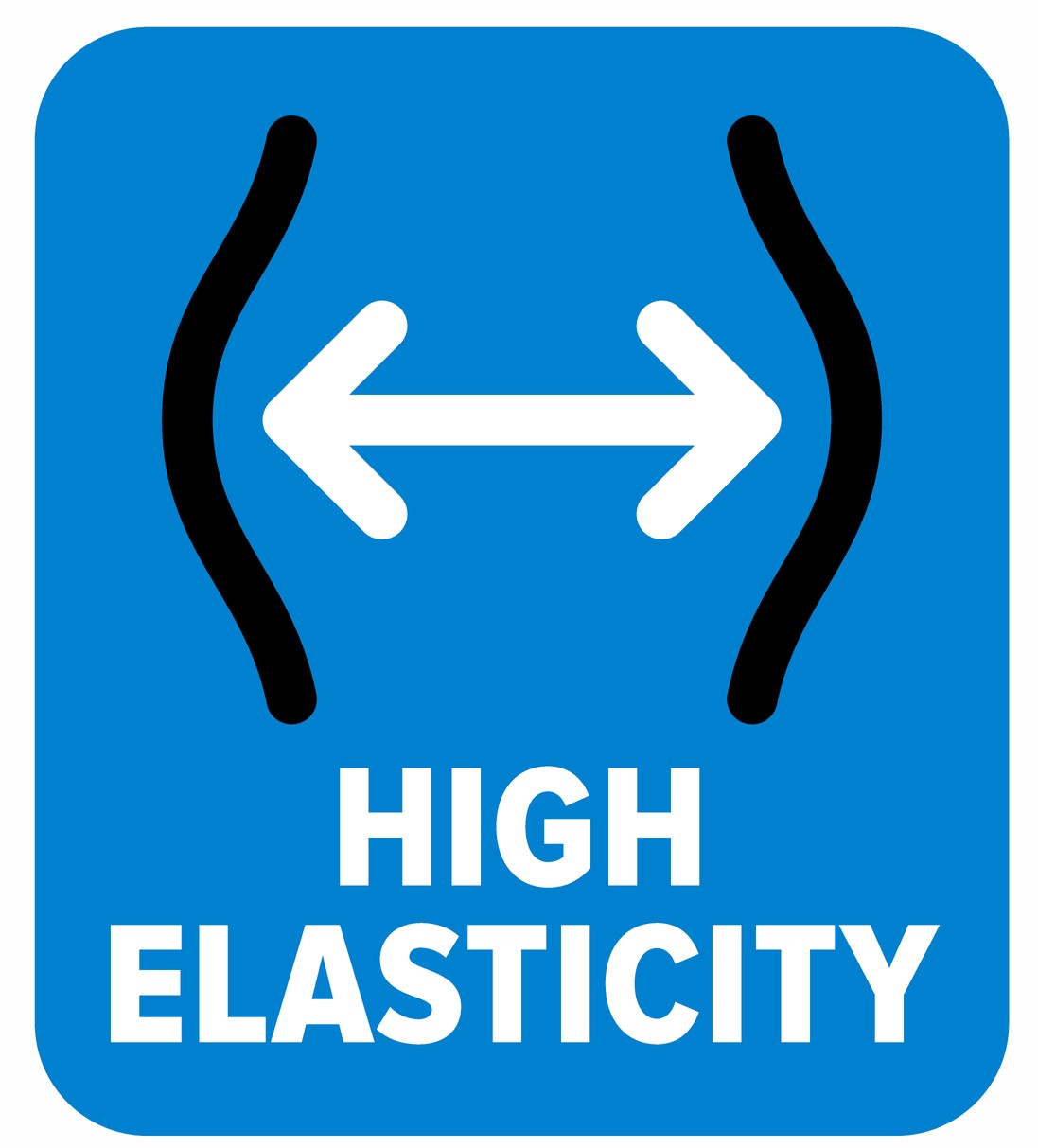This is my third post on the strategic potential of Category for tech companies. In the first two, I wrote about the leverage that Category can create for your market traction, and about the competitive differentiation you can realize through Category.
More recently Brian Nejmeh and I have been helping clients think about how Categories come into being and then evolve over time – and how clients can use this to their advantage. (To review the bidding, I have defined Category as a classification of products from multiple providers that solve a particular set of business problems.) I first appreciated this when Geoffrey Moore was advising a former employer, and he needled us with this two-part question: what Category are you in today, and what is your Aspirational Category? Light-bulb on: Category is a dynamic, elastic, evolving concept.
Adjacent Business Problems
If a Category addresses a set of business problems, then, from the market’s point of view, what problems are immediately adjacent to that set of problems? And if you solve those adjacent problems in addition to the original set, then how does that change the label you put on the Category? Have you expanded the Category, and need a new name for it? Or is it a distinct, new Category because the owners of the business problems think of it separately? Answering these questions requires thinking above the level of Products, let alone Features and Functions. You need a Category strategy.
Bringing a totally new Category to life requires tremendous vision, effort, and market-validated distinctiveness from the established industry Categories. In other words, it’s hard. Established Categories have a center of gravity associated with the problems they solve, so creating a net-new Category requires at least a significant shift in the center of gravity, if not an entirely new problem-solving footprint. What type of shift is significant enough to establish this new paradigm? Sometimes the difference is functional – think about Customer Success Management as a new Category, distinct from CRM. Other times leveraging a new technology within an existing problem area can do the trick – think about how Salesforce used the emerging cloud to break away from Siebel, or how AI-powered anything is creating new Category possibilities in the medical and legal fields. See www.dorothyai.com for an example for law firms.
Niche or Net-New?
Once categories are established and begin growing, they attract more providers hoping to catch the wave with supposedly nuanced value propositions, and soon the Category moniker (like so much of our business jargon, e.g. digital transformation) begins to lose its distinctive meaning. This situation generally benefits the biggest fish in the pond, and requires smaller players to identify niches within or adjacent to the Category where they can credibly claim leadership positions and grow market share. While not as sexy as net-new Category creation, this hyphenation or extension of the Category is critical to carving out a place in the market. Customer Journey Orchestration is a good example of an extension of the Customer Success Management Category.
Your Category strategy will be based on a number of factors related to Category and market maturity, competitive dynamics, your differentiating assets and capabilities, and others, as suggested above. But in any case your Category label will have to balance familiarity and uniqueness in the eyes of the customer. You want to sound different enough to shift their center of gravity, but still clearly within the domain of their business problems. Whether you’re hyphenating an existing Category or swinging for the net-new fence, you must achieve this balance.
Next time we’ll dig into the term Geoff Moore introduced to me – Aspirational Category, and how Category strategy demands and drives organizational transformation.





